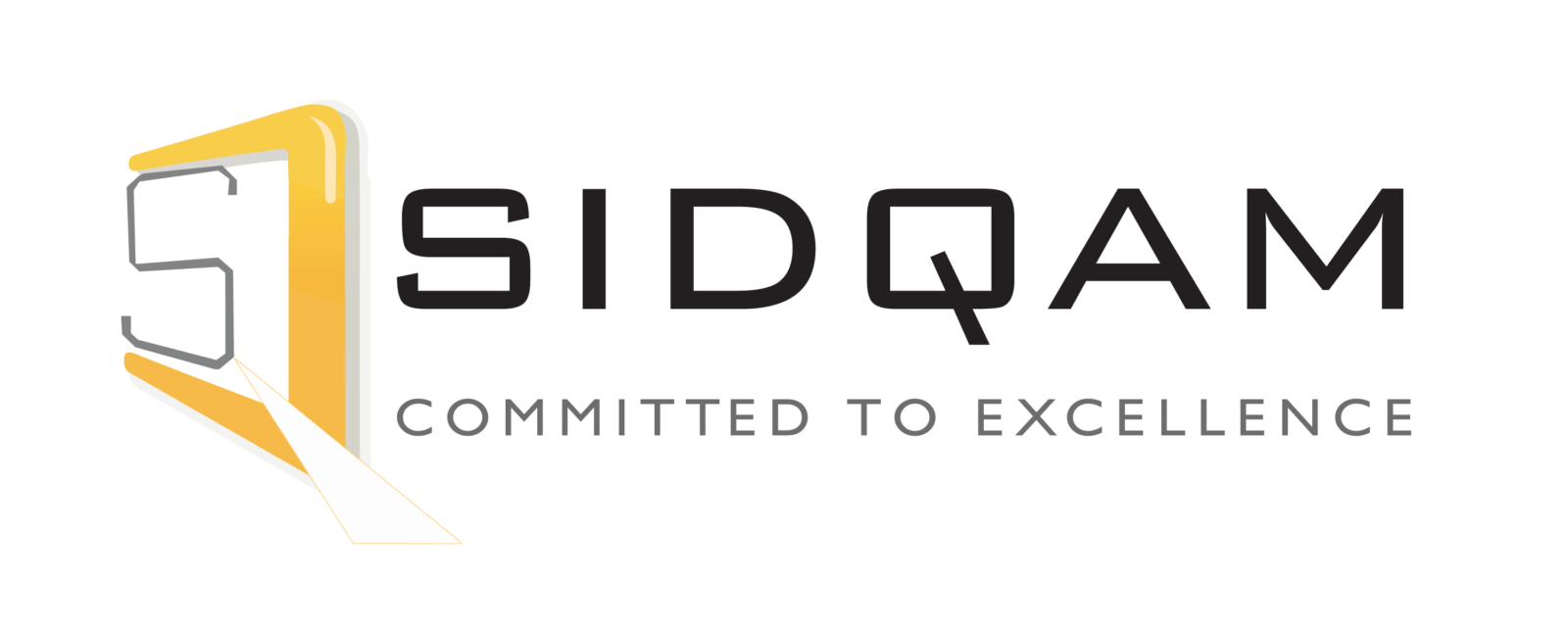The CQC Inspection: What can you expect?
The Care Quality Commission (CQC) inspection is designed to assess your care service against its fundamental standards. Here’s what typically happens on inspection day.
1: Inspector Arrival and Introductions
The inspector(s) will arrive and provide identification.
They’ll meet with the registered manager or key staff to discuss the inspection’s scope and any specific areas of focus.
Inspectors will likely request a brief tour of the premises.
2: Evidence Gathering
Document Dive: They’ll carefully review your records, policies, care plans, risk assessments, medication records, training logs, feedback mechanisms, and more. Having everything organised saves time and shows your preparedness.
- Policies and procedures
- Care plans and records for people you support
- Risk assessments
- Medication administration records
- Staff training and supervision records
- Incident and accident records
- Complaints and feedback logs
- Audits and quality assurance checks
Interviews – the Power of Conversation: Expect interviews with staff at various levels, and if appropriate, with those you care for or their representatives. These discussions give insight into day-to-day operations and experiences.
- Speak with staff members (care staff, managers, etc.) across various shifts.
- Engage in conversations with people receiving care (if possible and with consent).
- May talk to relatives or representatives of service users depending on the setting.
Observations are Key: Inspectors pay close attention to the environment and interactions. They’ll assess if your space is safe and well-maintained, and if staff uphold dignity and respect towards the people they support.
- Observe staff interactions with service users, focusing on dignity and respect.
- Watch how care is delivered, including any specific tasks or activities.
- Assess the care environment – is it clean, safe, and suitable?
3. Feedback and Next Steps
Inspectors often provide some initial observations before they leave. This might include highlighting strong points or areas with room to grow. You’ll receive a formal report later outlining the CQC’s findings and your ratings across their key areas of assessment (safe, effective, caring, responsive, and well-led)
- Preliminary Feedback: Inspectors may provide some initial verbal feedback before leaving. This might include positive observations or areas for potential development.
- Formal Report: A detailed CQC report will follow, containing ratings against the five key questions: Are your services Safe? Effective? Caring? Responsive? Well-led?
- Action Plans: If areas need improvement, the CQC may request an action plan outlining how you’ll address any issues identified.
Key Things to Remember
- Inspections vary: Some are announced, others unannounced, and they can last from a few hours to multiple days depending on your service.
- CQC’s Focus: The fundamental standards of care are at the core of the inspection.
- Be Transparent: Facilitate open communication and ensure information is easily accessible for the inspectors.
The CQC inspection is not a test to be feared, but a collaborative process aimed at continuously improving care. By understanding the steps involved and what to expect, you’ll be well-equipped to make your inspection successful!


